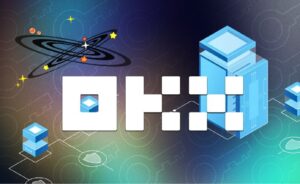The second era of Cardano – Shelley Phase is named after Percy Shelley, an English Poet.
What Is Shelley Phase?
The release of Shelley marks the first time the platform was completely decentralized, with network participants being responsible for maintaining the network and reaping the rewards for their participation.
The launch of Shelley opened up several exciting opportunities for Cardano users, including:
Transactions – Staking your ADA makes transactions cheaper and faster.
Monitoring – The Ouroboros Praos algorithm enables real-time reporting on block production and performance.
Delegation – If you wish to generate rewards without participating directly in staking, you can delegate your ADA to another user who will stake on your behalf.
Cardano’s roadmap consists of five eras: Byron, Shelley, Goguen, Basho, and Voltaire.
Byron (2017)
Shelley (2019)
Shelley focused on decentralization and automation. It will include a treasury system to fund future development and support incentives for stake pool operators. Shelley was expected to be completed in 2019 but released in 2020. The Shelley era was named after Percy Shelley, an English poet.
Goguen (2020)
Goguen focuses on smart contracts and metadata standards for these contracts. It helps developers create decentralized apps on the Cardano blockchain by developing a high-assurance smart contract language called Plutus. The Goguen era is named after Joseph Goguen, a computer scientist who worked on mathematical semantics for programming languages and developed algebraic computation models, including abstract state machines.




